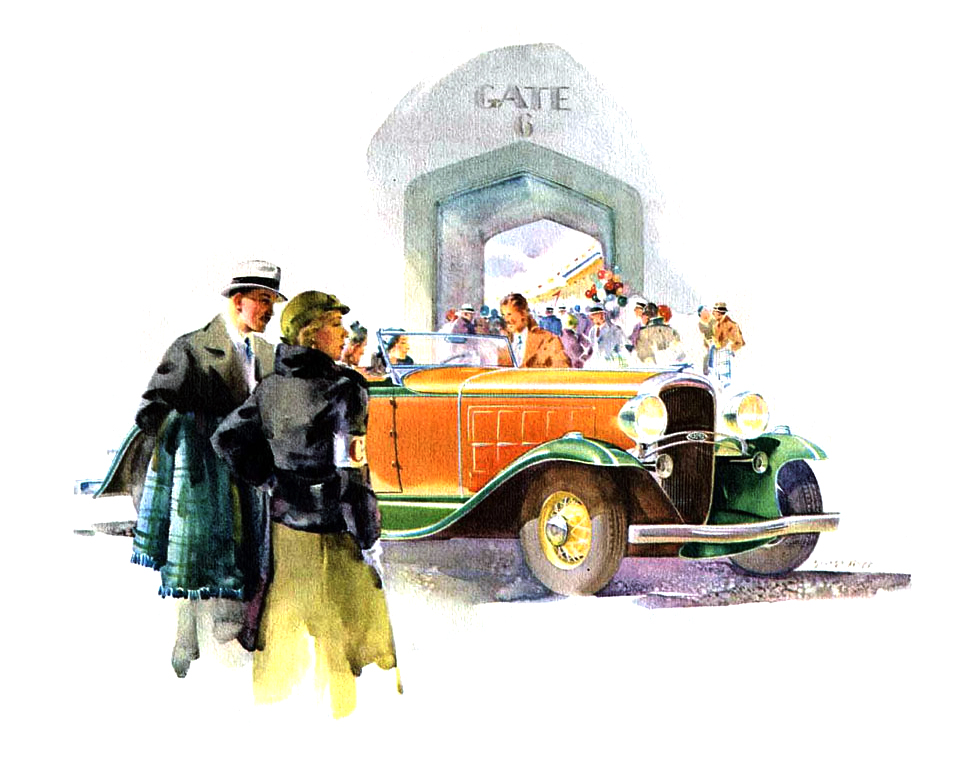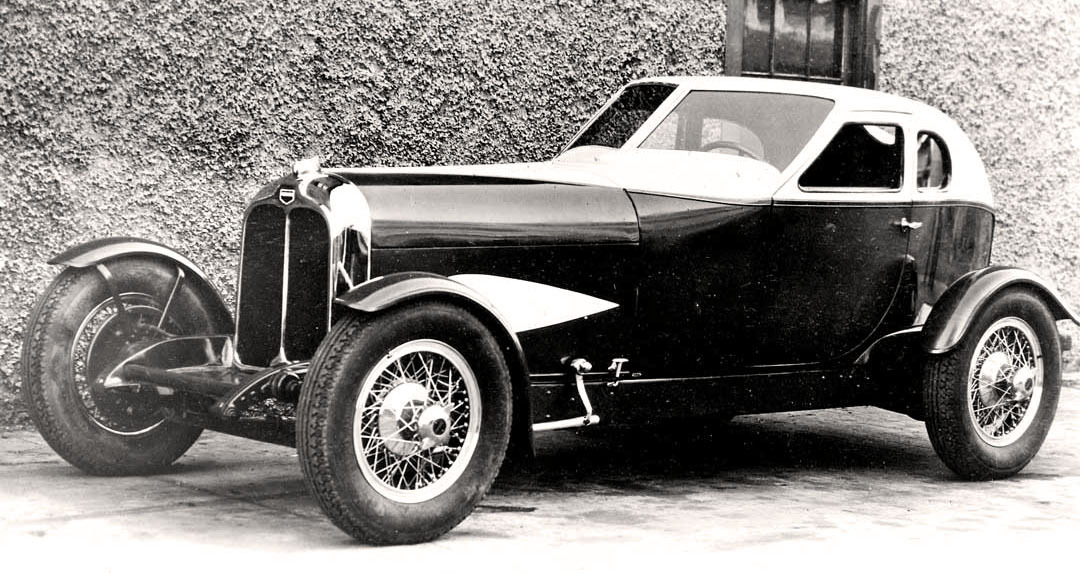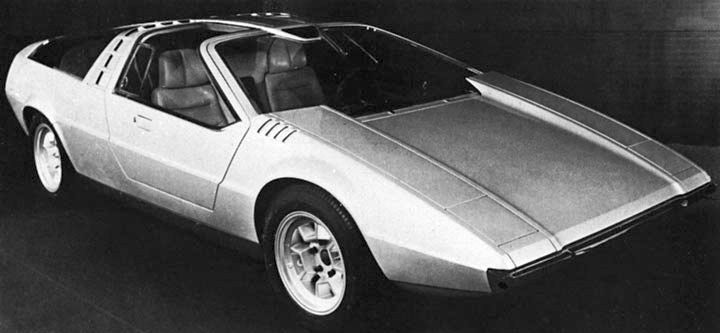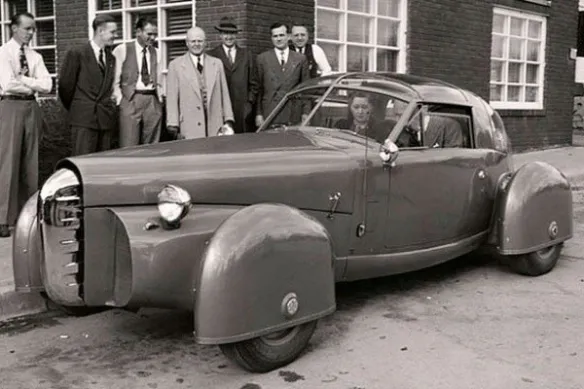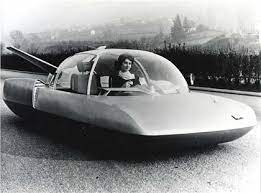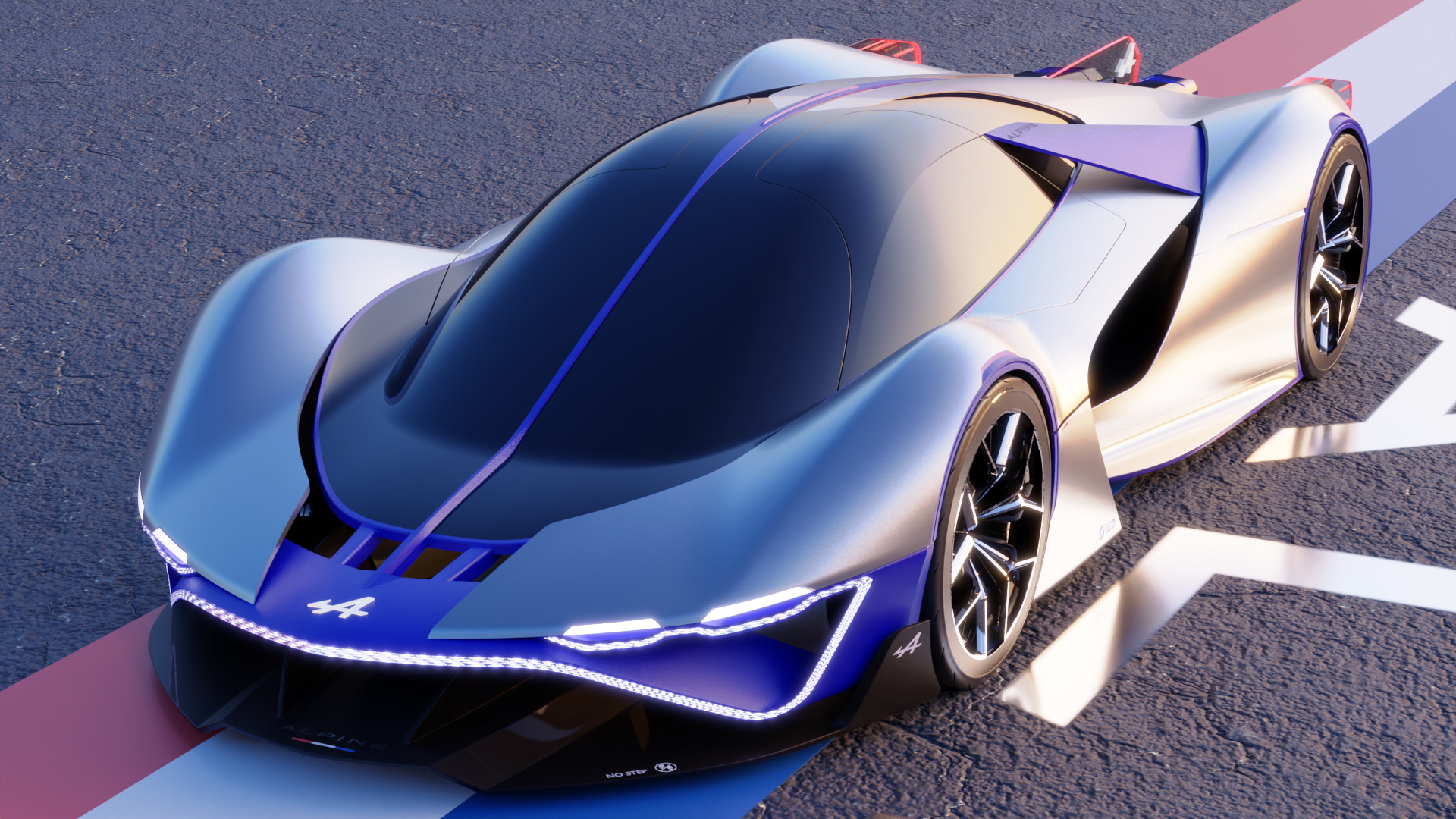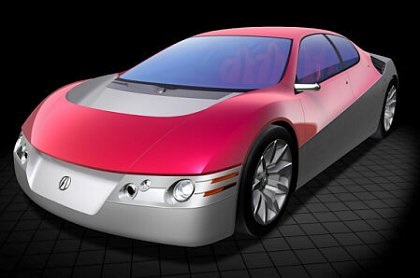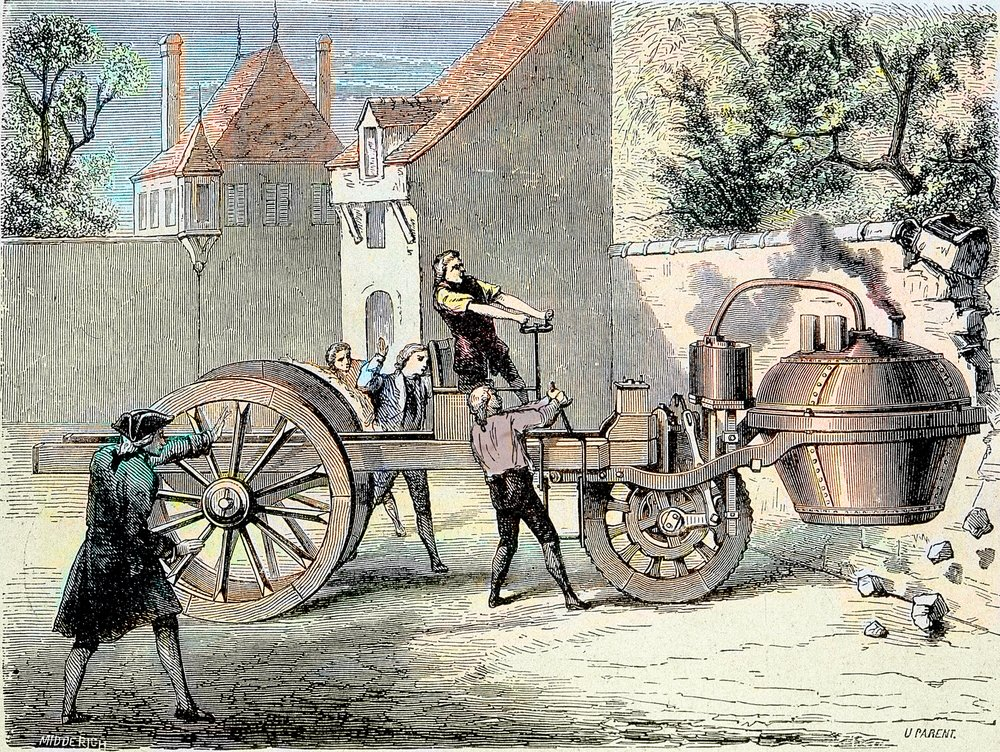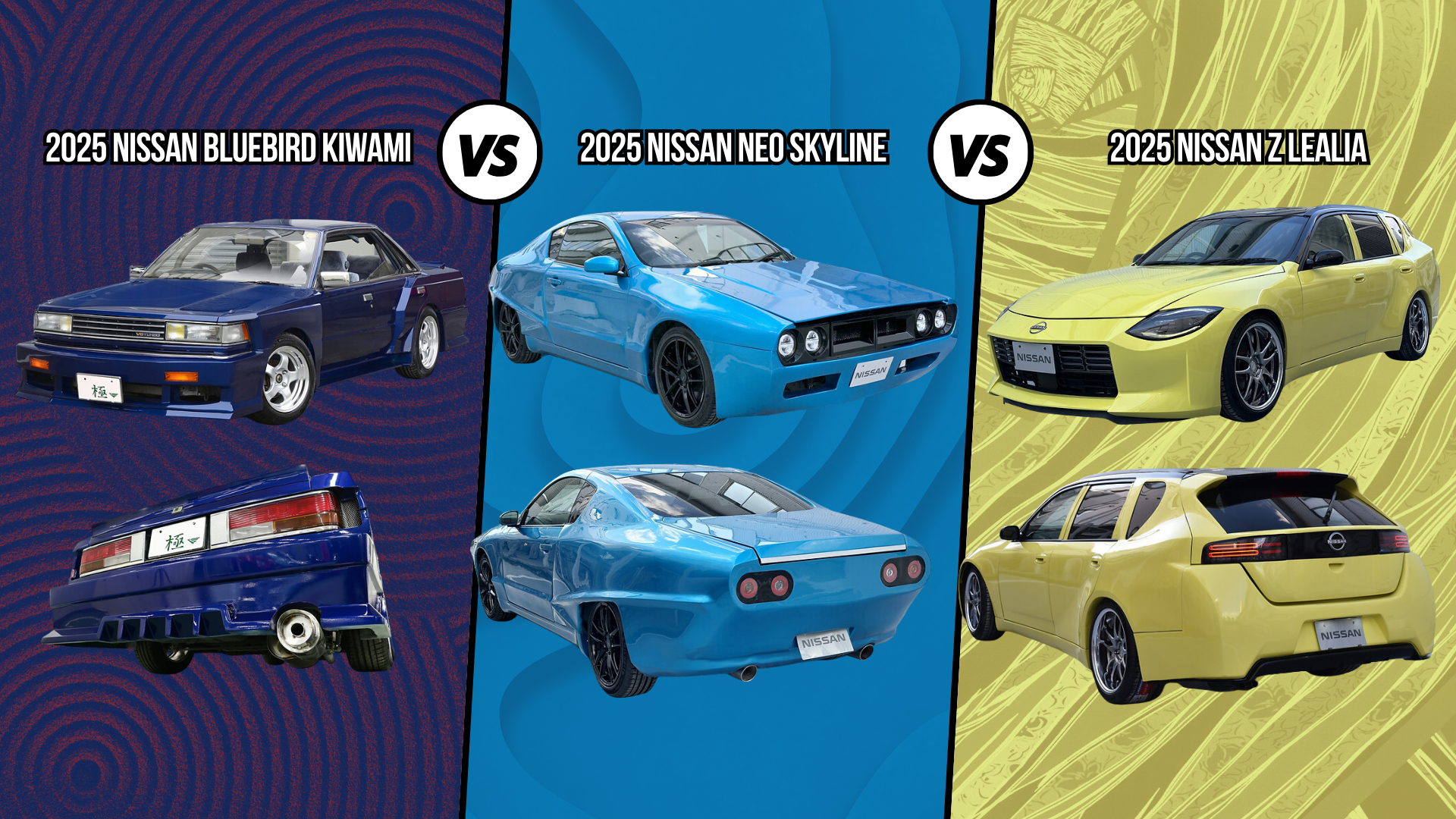2001 Suzuki Lapin Concept
- Story Cars
- Mar 11, 2024
- 1 min read
The 2001 Suzuki Lapin Concept presented a simple yet modern design built on the platform of the Alto model. Despite sharing a name with Anatoly Fedorovich Lapin, the former chief designer of Porsche, the term "Lapin" in French means "rabbit." The concept car featured a stylized emblem resembling a rabbit's head, and its design elements included a transparent plastic steering wheel and a translucent digital instrument panel. While these features may not be reproduced in production cars, the cheerful design suggested potential applications for developing a new single-volume car, possibly to replace the Suzuki Wagon R+.
The Lapin concept aimed to reflect the image of small household items integrated into daily life. Suzuki envisioned designing a vehicle with the same care and creativity as designing small items found at home, showcasing unique and original ideas.
The color coordination of Lapin was distinctive, using fresh green, white, and silver throughout. The concept featured innovative styling for both the exterior and interior, incorporating a boxy body to maximize cabin space within the compact dimensions of a mini vehicle. See-through elements, including the steering wheels and levers, added a unique touch, emphasizing transparency in design.
Noteworthy features of the Suzuki Lapin Concept included a white canvas top for an open atmosphere and a meter cluster that illuminated into view when turned on. The Lapin concept was presented at the Tokyo Motor Show in 2001, demonstrating Suzuki's commitment to creative and functional design in the realm of small urban vehicles.
Source: “Exhibitions. Tokyo motor show 2001" - Newspaper "AUTOREVIEW," 2001 / No. 21; Suzuki Images: Suzuki Motor Corporation; JOHN LLOYD Collection












